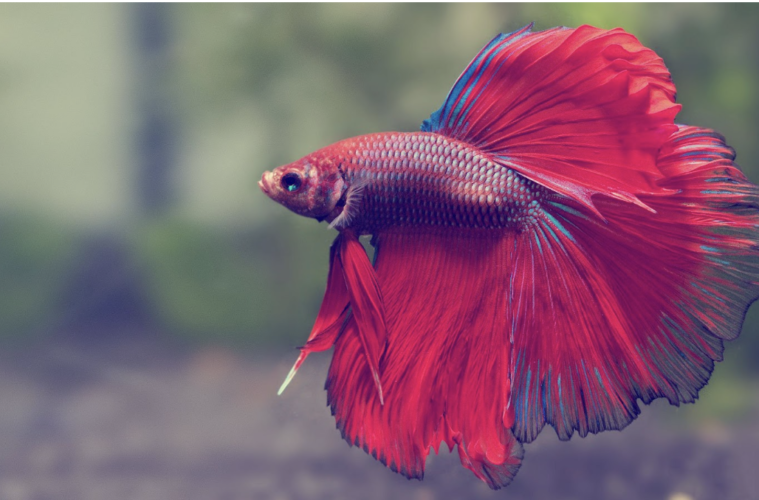Betta fish, also known as Siamese fighting fish, are vibrant and captivating aquatic creatures that have captured the hearts of many fish enthusiasts. Native to the rice paddies of Thailand and Cambodia, bettas are known for their stunning colors and impressive fins. In order to ensure the health and happiness of these remarkable fish, it’s essential to provide them with proper care. This article will guide you through the essentials of betta fish care, from setting up their habitat to maintaining their well-being.
Setting Up the Ideal Habitat
Selecting the Right Tank
The first step in betta fish care is choosing the right tank. A tank of at least 5 gallons is recommended to provide ample space for swimming and exploration. It’s important to avoid small containers, as bettas require space to thrive.
Providing Proper Filtration and Heating
Bettas are tropical fish, so maintaining a suitable water temperature between 78-80°F (25-27°C) is crucial. A reliable heater and thermometer are essential to regulate the temperature effectively. A gentle filter will also help keep the water clean and debris-free.
Water Conditions and Maintenance
Monitoring Water Parameters
Regularly testing the water parameters is vital to betta fish care. Ammonia, nitrite, and nitrate levels should be monitored to ensure a healthy environment. Performing partial water changes of about 25% every two weeks will help maintain water quality.
Creating an Enriching Environment
Bettas are naturally curious fish. Adding live or silk plants, caves, and hiding spots to the tank can provide stimulation and a sense of security. However, be mindful of your chosen decorations, as sharp edges can tear their delicate fins.
Feeding and Nutrition
Choosing the Right Diet
A balanced diet is essential for betta fish health. High-quality betta pellets should be the staple of their diet, supplemented with occasional treats like bloodworms or brine shrimp. Overfeeding should be avoided, as it can lead to obesity and health issues.
Feeding Schedule
Feed your betta fish small portions 2-3 times a day. This helps prevent overeating and maintains water quality. Remove any uneaten food promptly to prevent water contamination.
Healthcare and Disease Prevention
Recognizing Common Health Issues
It’s essential to be vigilant for signs of illness in your betta fish, such as lethargy, loss of appetite, or fin damage. Common ailments include fin rot, ich, and swim bladder disorders.
Quarantine New Additions
Before introducing new fish or plants to the tank, it’s wise to quarantine them for a few weeks. This prevents the spread of potential diseases to your betta.
Conclusion
Providing proper care for your betta fish is a rewarding endeavor that ensures their longevity and happiness. By creating an ideal habitat, maintaining water quality, offering a balanced diet, and being attentive to their health, you can enjoy the company of these remarkable creatures for years to come.
Frequently Asked Questions
How often should I clean my betta fish tank?
Regular water changes of about 25% every two weeks are recommended to maintain water quality.
Can bettas live with other fish?
Male bettas are best kept alone to prevent aggression, while some female bettas can live together in a sorority tank.
Why is my betta fish staying at the bottom of the tank?
This behavior could indicate health issues, poor water quality, or stress. Check water parameters and observe for other signs of illness.
Do bettas need a filter and heater?
Yes, bettas require a heater to maintain a proper temperature and a gentle filter to keep the water clean.
Can I use tap water for my betta’s tank?
Tap water can be used, but it should be treated with a water conditioner to remove chlorine and chloramines before adding it to the tank.
Published by HOLR Magazine.


